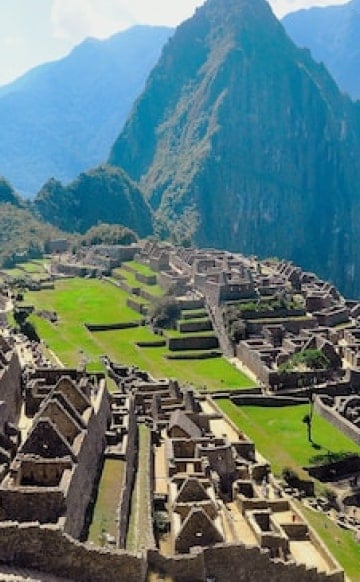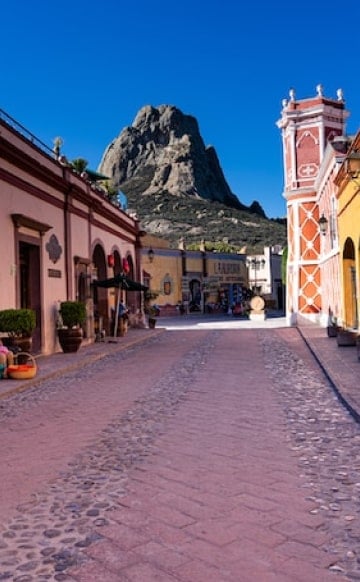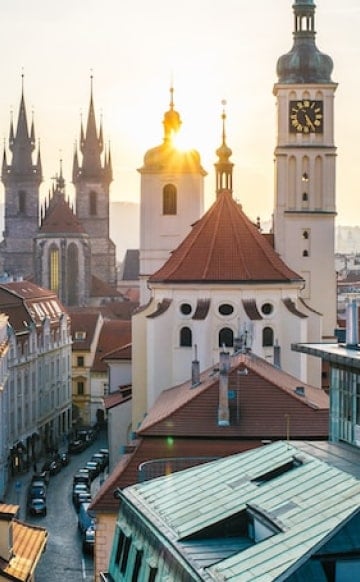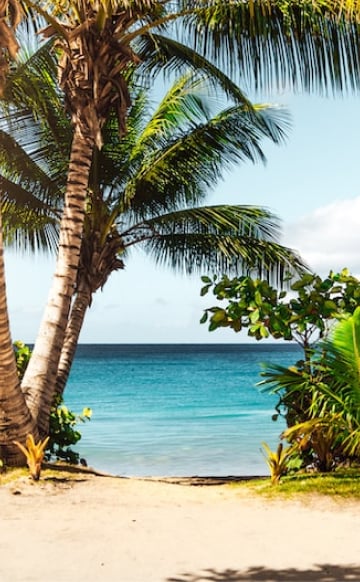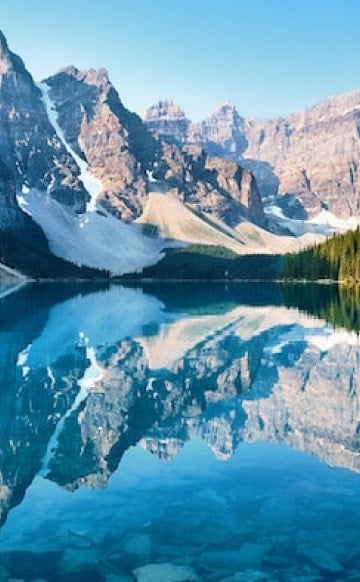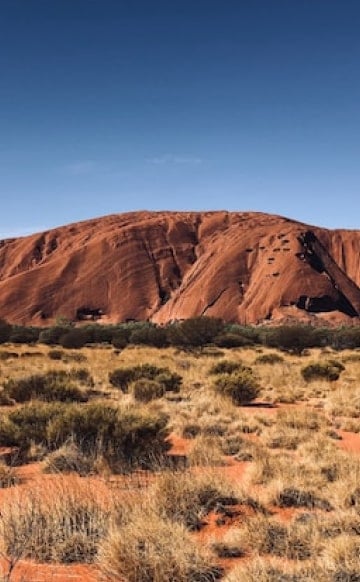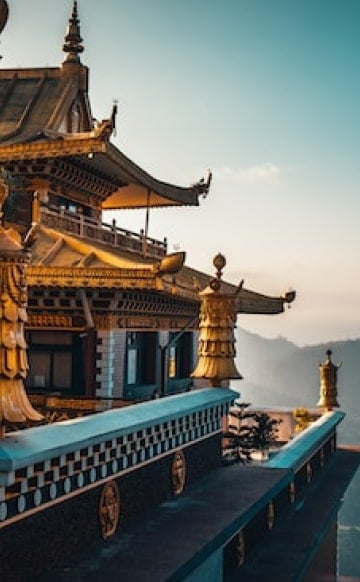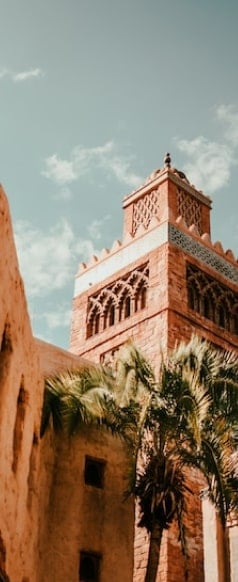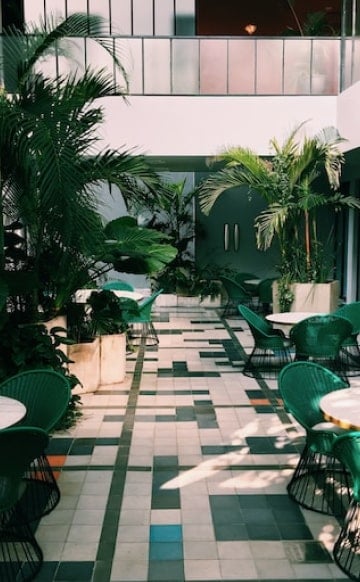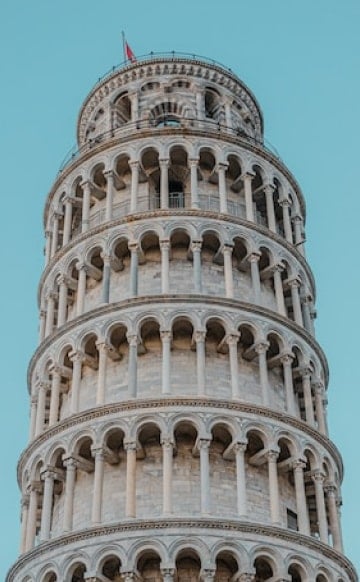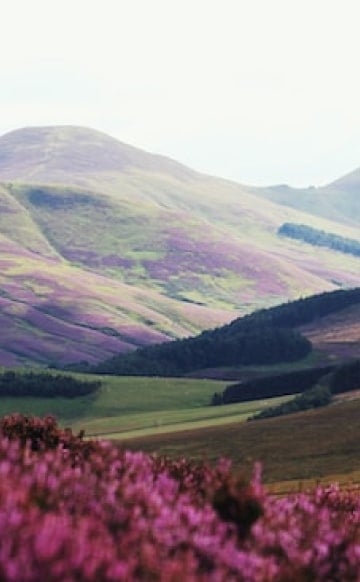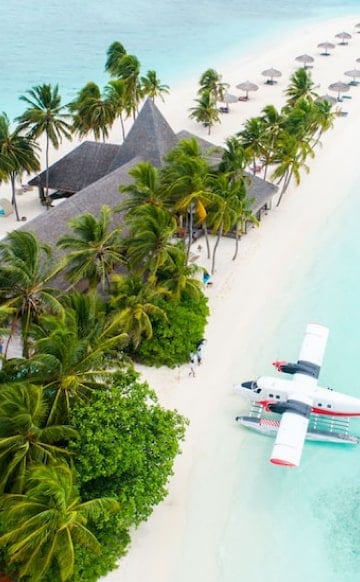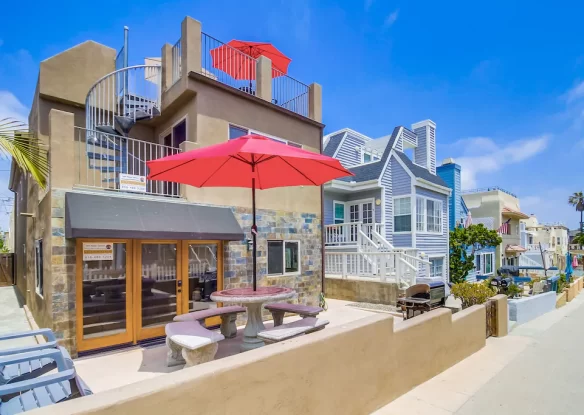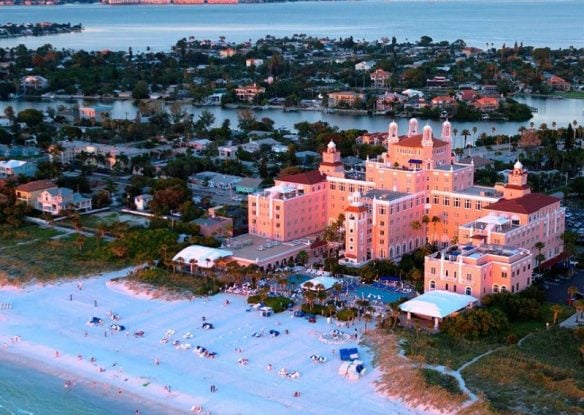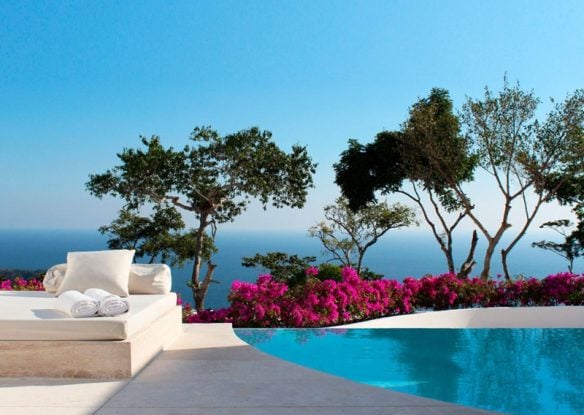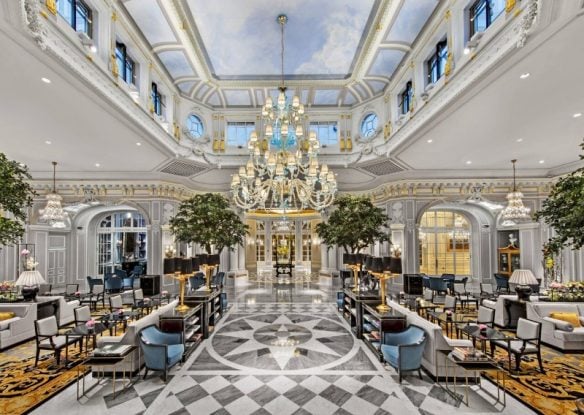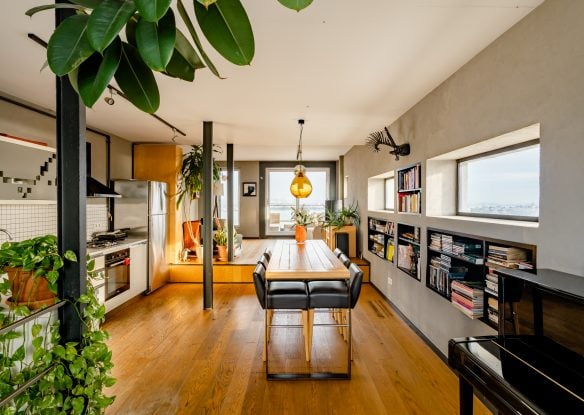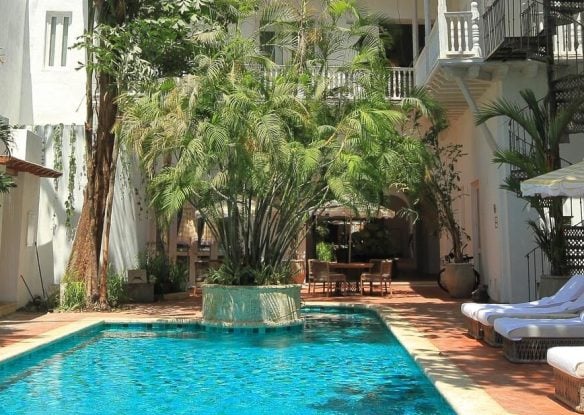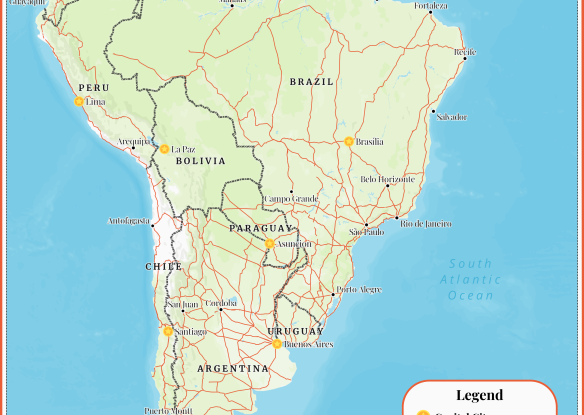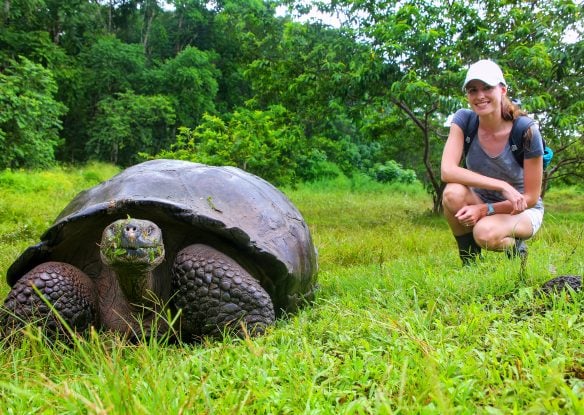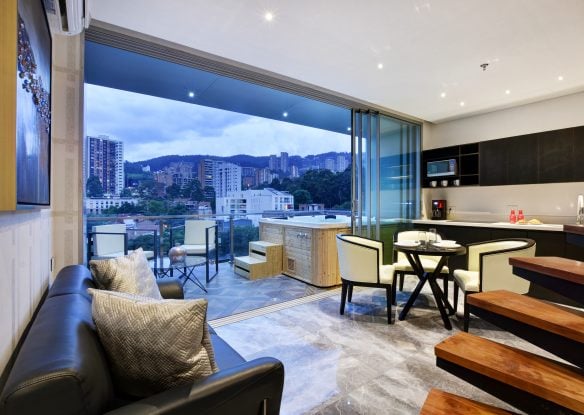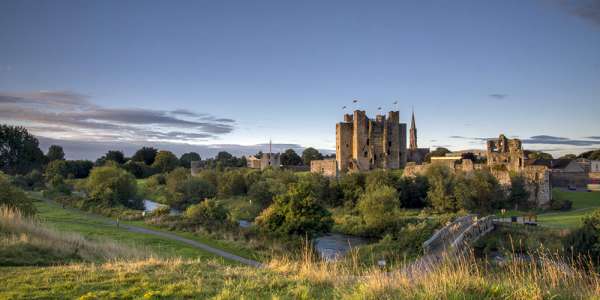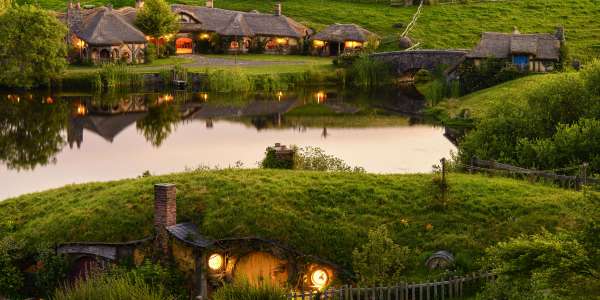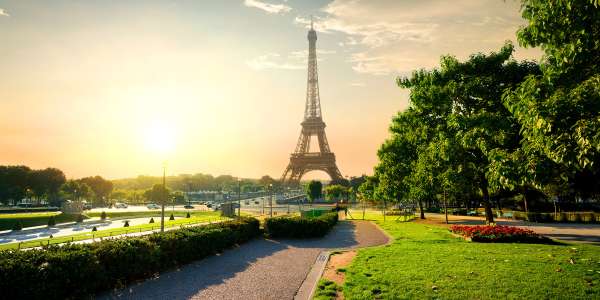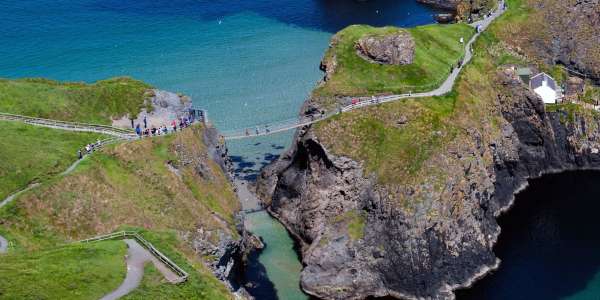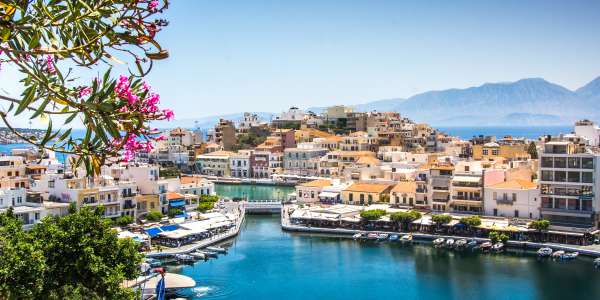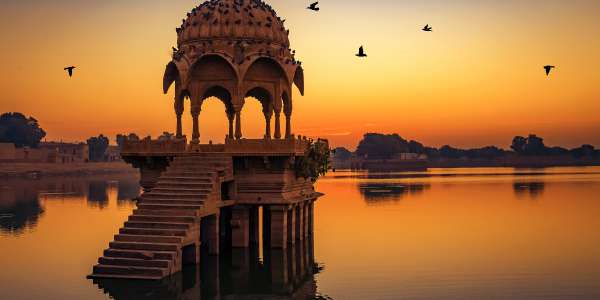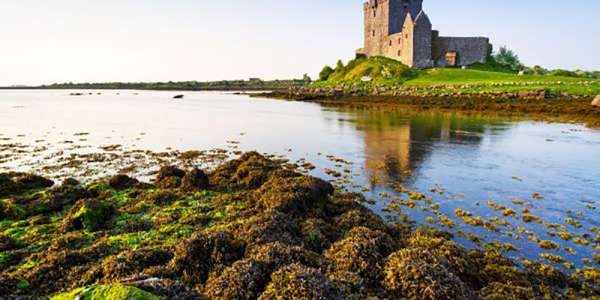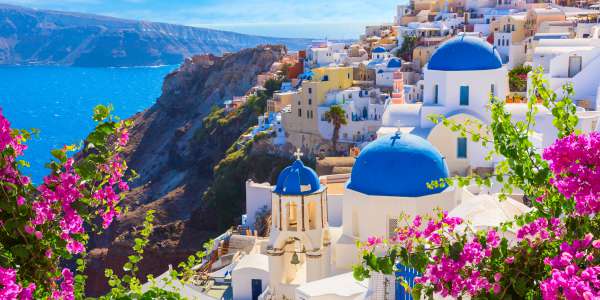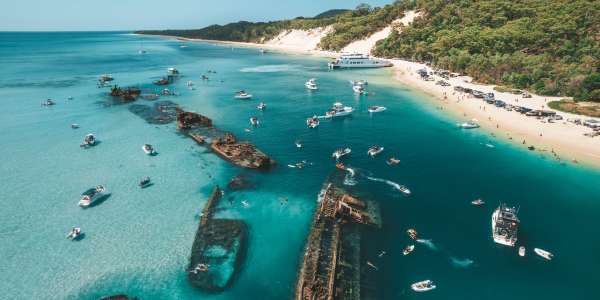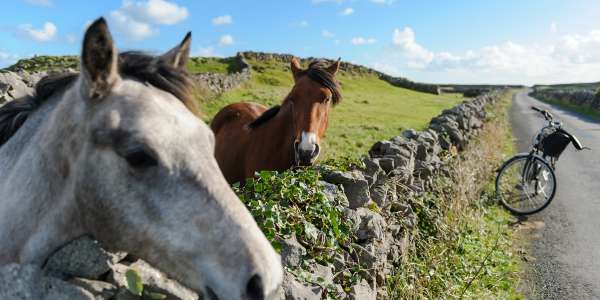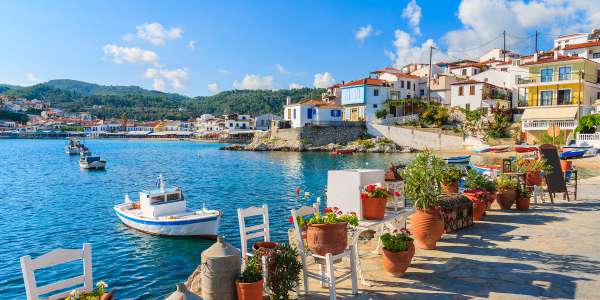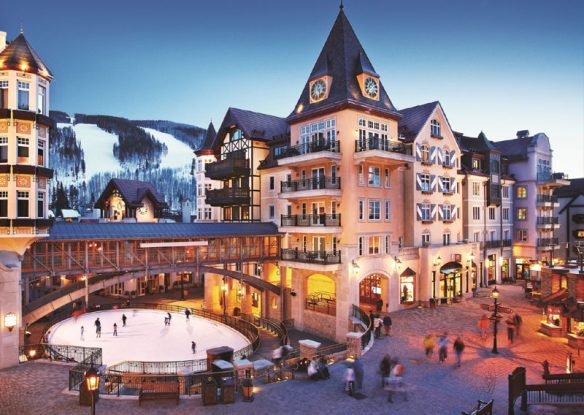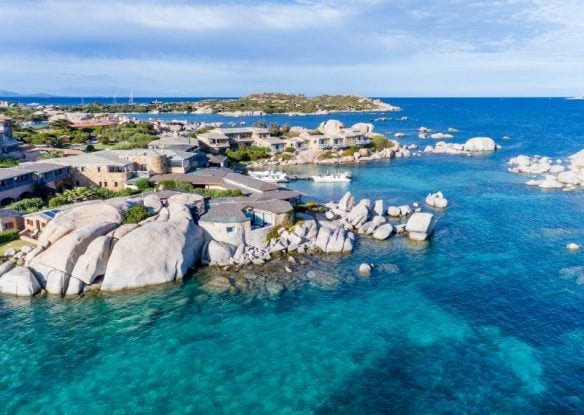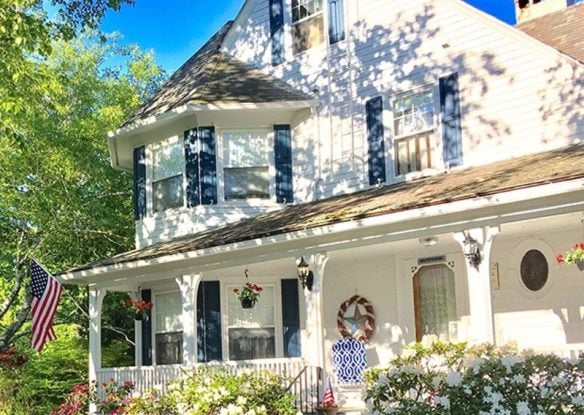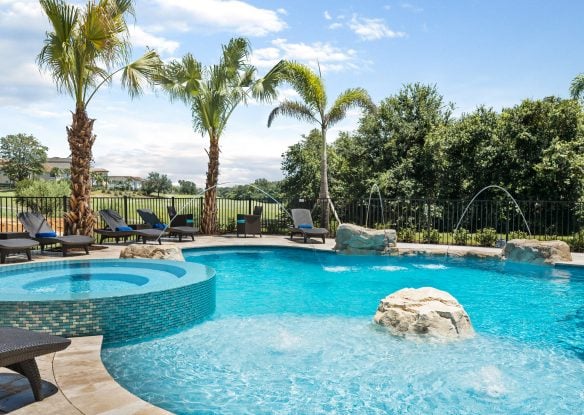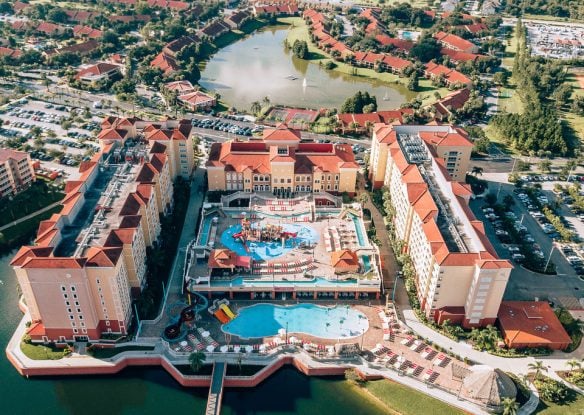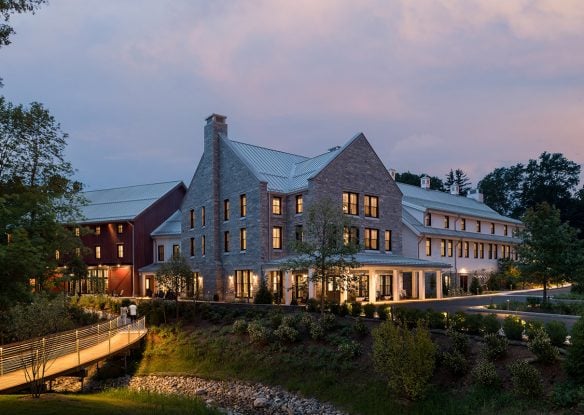South America’s crown jewel, Brazil is home to the world-famous Carnival, Amazon rainforest, and a string of beautiful beaches. A combination of stunning landscapes and vibrant culture, Brazil is noted for its postcard-worthy cities where beautiful locals are living life to the fullest. Visitors can walk along the famous Copacabana beach and catch glimpses of Christ the Redeemer in Rio, explore the big city energy of Sao Paulo, and find an abundance of other unspoiled treasures along the coast. Coming as a surprise to no one, Brazil has a long list of luxury accommodations that take advantage of its picturesque shores. Read on to discover the best resorts in Brazil where you can be soaking in unforgettable tropical landscapes.

Ponta dos Ganchos Exclusive Resort, Santa Catarina
Located on Brazil’s Emerald Coast, Ponta dos Ganchose Exclusive Resort offers picturesque panoramic views on a private peninsula. An adults-only resort, here guests are treated to attentive and personalized services and luxury amenities. A secluded and dramatic landscape of rainforests and beach serve as a backdrop to a collection of charming bungalows with neutral decor and Egyptian cotton bedding. The on-site restaurant serves up delicious combinations of traditional Brazilian cuisine with upscale international gastronomy, while the resort’s spa offers a range of relaxing body treatments. The hotel also boasts swimming pools, tennis courts, a fitness center, cinema, and oyster tasting experience.

Salinas do Maragogi All Inclusive Resort, Maragogi
With spacious rooms and 24-hour room service, Salinas do Maragogi All Inclusive Resort is a luxury getaway located on the Costa dos Corais environmental area. Boasting some of the best beaches in the country, the area is known as the Brazilian Caribbean Islands. Guests will find a variety of cuisine at the resort, with a fusion of Portuguese, Italian, Japanese, and French fare. The Canteen Spa offers a range of therapies for its guests, including deep massages, volcanic hot stone therapy, and herbal baths. Guests can also take advantage of daily excursions of the nearby area, including a tour of the natural pools, vibrant coral barriers, and pristine beaches that line the Maragogi coast.

Arraial D'Ajuda Eco Resort, Arraial d'Ajuda
An idyllic wonderland for visitors of all ages, the Arraial D’Ajuda Eco Resort offers luxury on a private stretch of beach. The idyllic resort features multiple pools and restaurants, while guests can also take advantage of the convenient on-site sauna, tennis court, cinema and game room. Award-winning cuisine is served with gorgeous views of the sea and Porto Seguro is in one of the best restaurants in the area. Families can head to the nearby water park for fun-filled water slides and zip lining adventures, while adults will enjoy being pampered in the with a range of massages and beauty treatments.

Patachocas Beach Resort, Morro de São Paulo
Located next to the stunning Quarta Praia Beach and Fourth Beach, Patachocas Beach Resort is located on an old coconut farm by the sea. The resort boasts accommodation ranging from the Master Bungalow to Luxury Bungalows, where guests are treated to king-size beds, LCD TVs and balconies with a hammock for the epitome of relaxation. The property features include an outdoor pool, tennis court, and easy access to a strip of powder white sand beach with shimmering blue waters. A panoramic beachfront restaurant specializes in Mediterranean and regional cuisine, while the bar and lounge area is perfect for soaking in the salty breeze.

La Torre Resort, Porto Seguro
Located in Coroa Vermelha near Muta Beach, La Torre Resort in an inviting all-inclusive resort. Ranging from Standard to Family rooms and a fancy Luxury Villa, rooms include down comforters and designer toiletries for guests to enjoy. All guests are treated to all-inclusive perks and a range of on-site facilities that are ideal for an unforgettable tropical vacation, including multiple outdoor pools and restaurants and a premier beachfront location. Delicious Brazilian cuisine refuels guests, while a range of outdoor water sports is available for a day of adventure.

Recanto Alvorada Eco Resort, Brotas
Focused on an eco-philosophy and sustainable activities, Recanto Alvorada Eco Resort is near Saltos Park just outside of Sao Paulo. Promoting an intimate experience, guests will find cozy rooms ideal for both couples and families alike that come equipped with fireplaces, sofa beds, and minibars. Multiple outdoor pools line the resort, in addition to a children’s pool, that are perfect for lounging, swimming, and soaking in the sunshine. Fresh cuisine is served created by locally sourced ingredients for an upscale dining experience.

Wish Resort Foz do Iguacu, Foz do Iguaçu
An idyllic family-friendly resort with easy access to Brazil’s famous Iguaçu Falls, Wish Resort Foz do Iguacu is an expansive property that will keep everyone in the family entertained. With 555 acres of lush landscapes, the resort features a long list of modern facilities to take advantage of. Pick from an array of dining options, from Italian favorites to Frontera Surf, which specializes in fine meats. Afterward, guests can retreat to one of the large apartments that were designed with comfort in mind. From the world-renown falls only a 20-minute drive away to the on-site swimming pool, tennis course, and 18-hole golf course, guests are truly spoiled for choice in how they spend their days. The resort also boasts the largest Kids Club of the area, ensuring that plenty of fun is to be had for all ages.

Carmel Charme Resort, Aquiraz
A coastal luxury gem, Carmel Charme Resort mixes modern design with tranquil vibes. Located in the quiet fishing village of Aquiraz, guests will be greeted with breathtaking views of white sand beaches and comfort amenities. Offering an intimate setting, the resort has beautiful sea-facing suites, lofts and bungalows that are ideal for both couples and families alike with king-size beds, custom sandals and an espresso machine. The property itself is a tropical oasis, with heated pools lined with lush gardens and gazebos perfect for lazy days. Lush spa treatments and whirlpools are available for those who want to be pampered, while food lovers will find the contemporary dishes served at the airy on-site restaurant appealing.

